
Introduction
On the 12th of June, 2016 a 29 year old security guard called Omar Mateen shot dead 49 people at a Florida nightclub.
It initially seemed like a straight forward terrorist/homophobic incident (if there is such a thing).
The fact that it was a gay nightclub seemed particularly significant when later reports emerged suggesting that Mateen was actually gay and perhaps conflicted about his sexuality.
Before these reports even emerged I had heard some commentators suggest that, perhaps Mateen was a closet gay.
Authorities have since attempted to play down this link and we will never know for sure what Mateen's motivations were because he is dead.
On some implicit level the theory that Mateen was a gay man carrying out a deadly attack against other gay men made sense.
Why?
The answer lies in a psychodynamic concept known as "reaction formation".
Psychodynamic Theory
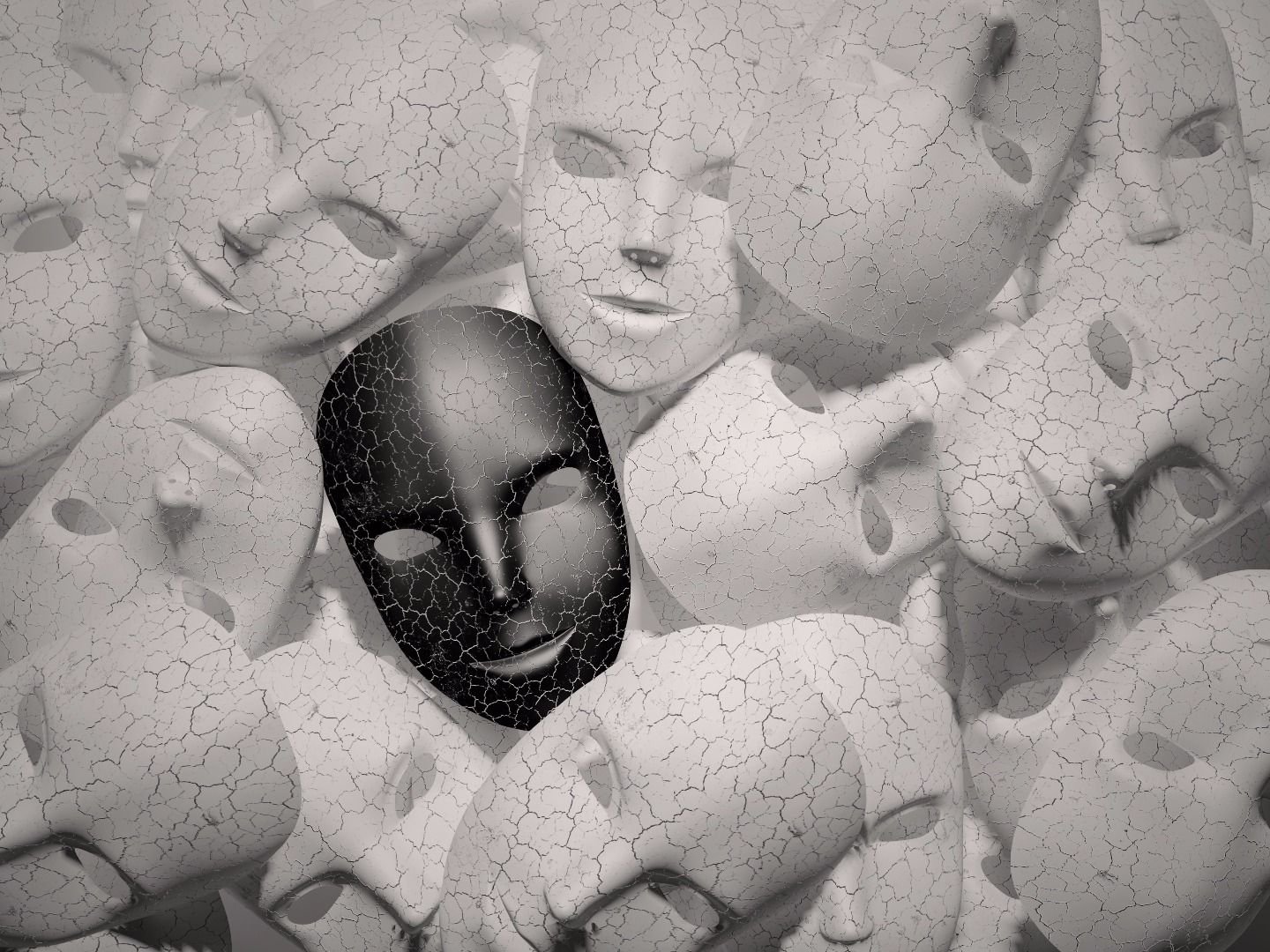
Reaction Formation is part of psychodynamic theory - the branch of psychology that studies the underlying psychological forces behind human behaviour whose most famous proponent was Sigmund Freud.
I must admit I am not a big fan of psychodynamic theory.
I believe that much of it is is concerned with the particular social and sexual peculiarities of the late 19th and early 20th century.
It is also inherently pseudoscientific in nature and difficult to test.
I do not believe it is complete nonsense though - these are a set of theories of mind which helped create the necessary framework for modern psychological thinking.
The idea of reaction formation encompasses a set of psychological defence mechanisms first described by Sigmund Freud in the early 20th century and refined by his daughter Anna Freud.
Before discussing reaction formation further it is useful to cover some basic psychodynamic theory:
The Id, Ego and Superego
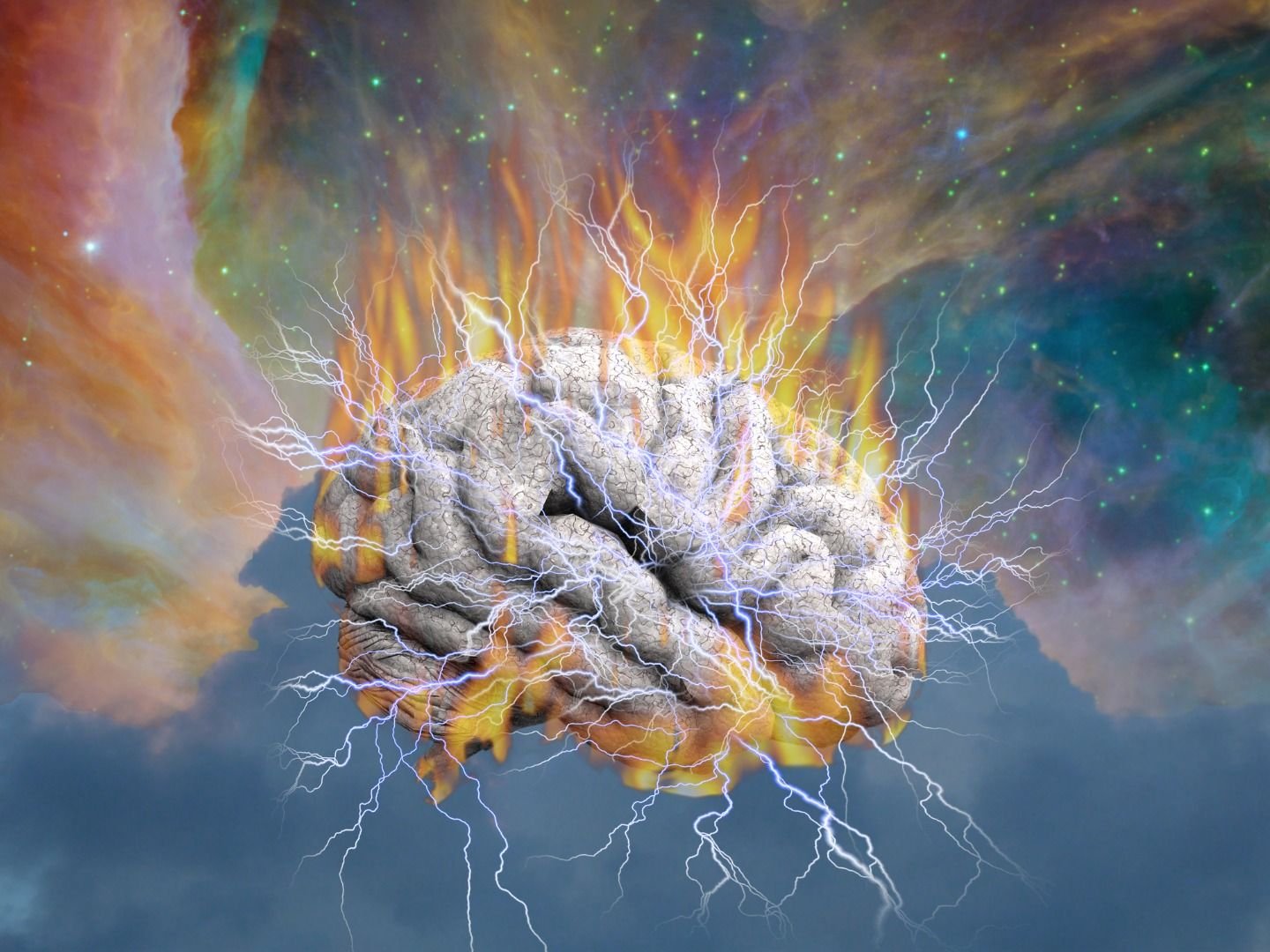
Freud believed our psyche was divided into 3 main parts:
- The Id.
- The Ego.
- The Superego.
There is a great article by MacLeod at Simply Psychology [2] that covers this topic very well:

The Id:
According to MacLeod:
The id is the impulsive (and unconscious) part of our psyche which responds directly and immediately to the instincts.
It is sometimes described as the more primitive, irrational and animalistic part of our psyche.
If one thinks of the psyche as an iceberg then the id is the large part of it that is underwater.

Source: Treknews.net
The Ego:
Again from MacLeod:
[The Ego] develops in order to mediate between the unrealistic id and the external real world. It is the decision making component of personality. Ideally the ego works by reason, whereas the id is chaotic and totally unreasonable.
The ego is what we would consider our rational conscious "self".
It is only a small part of what is happening inside our mind but it is the most prominent surface - like the tip of an iceberg.
A shortcut would be to imagine it as Mr Spock from Star Trek- rational and logical but only a small part of the crew.

The Id is Stronger than the Ego
The id is generally seen as the stronger and more powerful of the two with the classic analogy being of a man riding a horse.
The id is the horse and the man is the ego.
Neither the id nor the ego function on a basis of morality.
For that we turn to the superego:
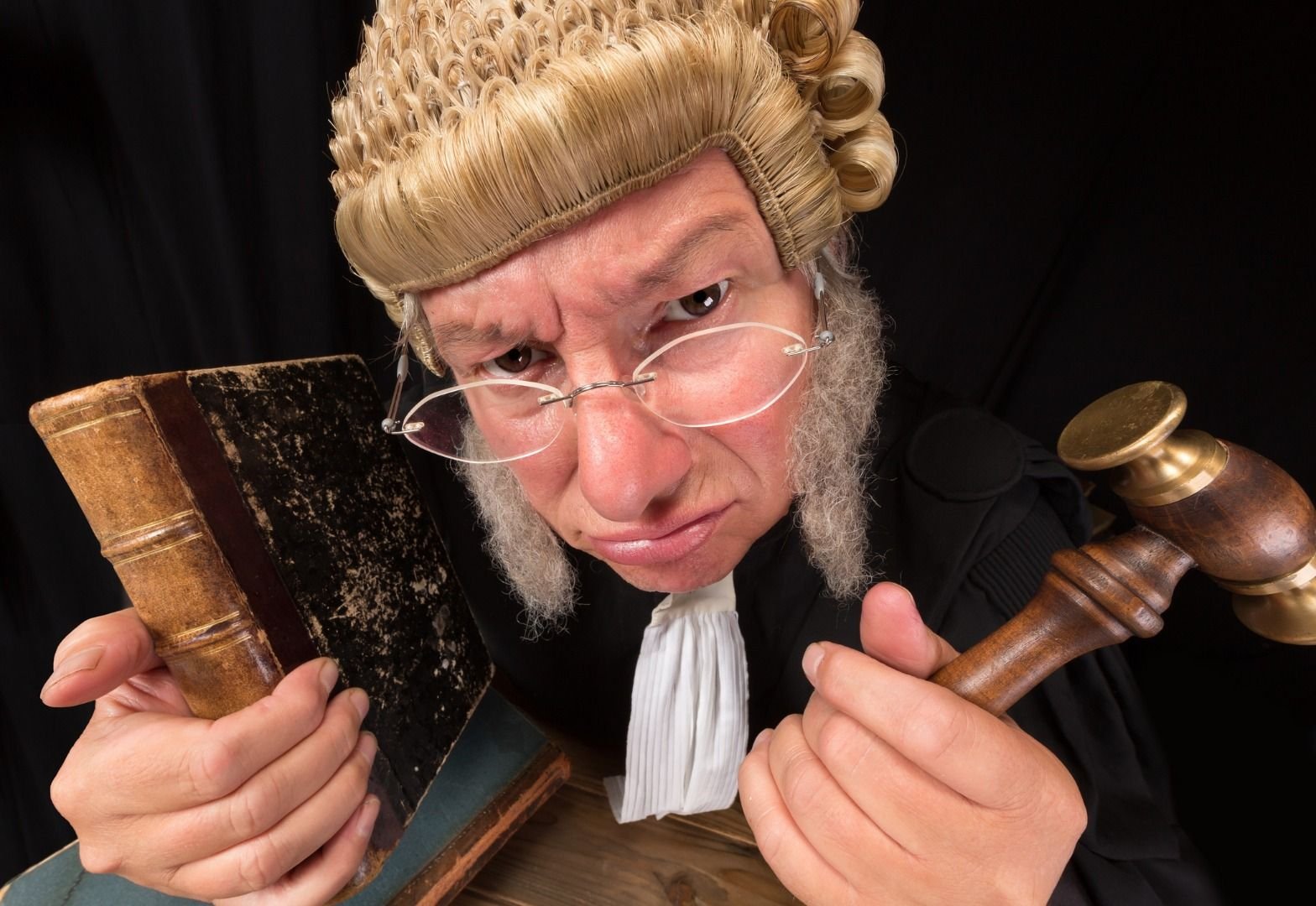
The Superego
The superego incorporates the values and morals of society which are learned from one's parents and others.
So a simplified way of looking at the superego is as a manifestation of our cultural morality and conscience.
It represents what we have been taught and learned throughout our lives and acts almost like a virtual authority figure.
If the ego gives in to the id and does something considered wrong by the superego, the superego punishes it by generating uncomfortable feelings such as anxiety and guilt.
By it's nature the ego will try to avoid such discomfort.
Defence Mechanisms
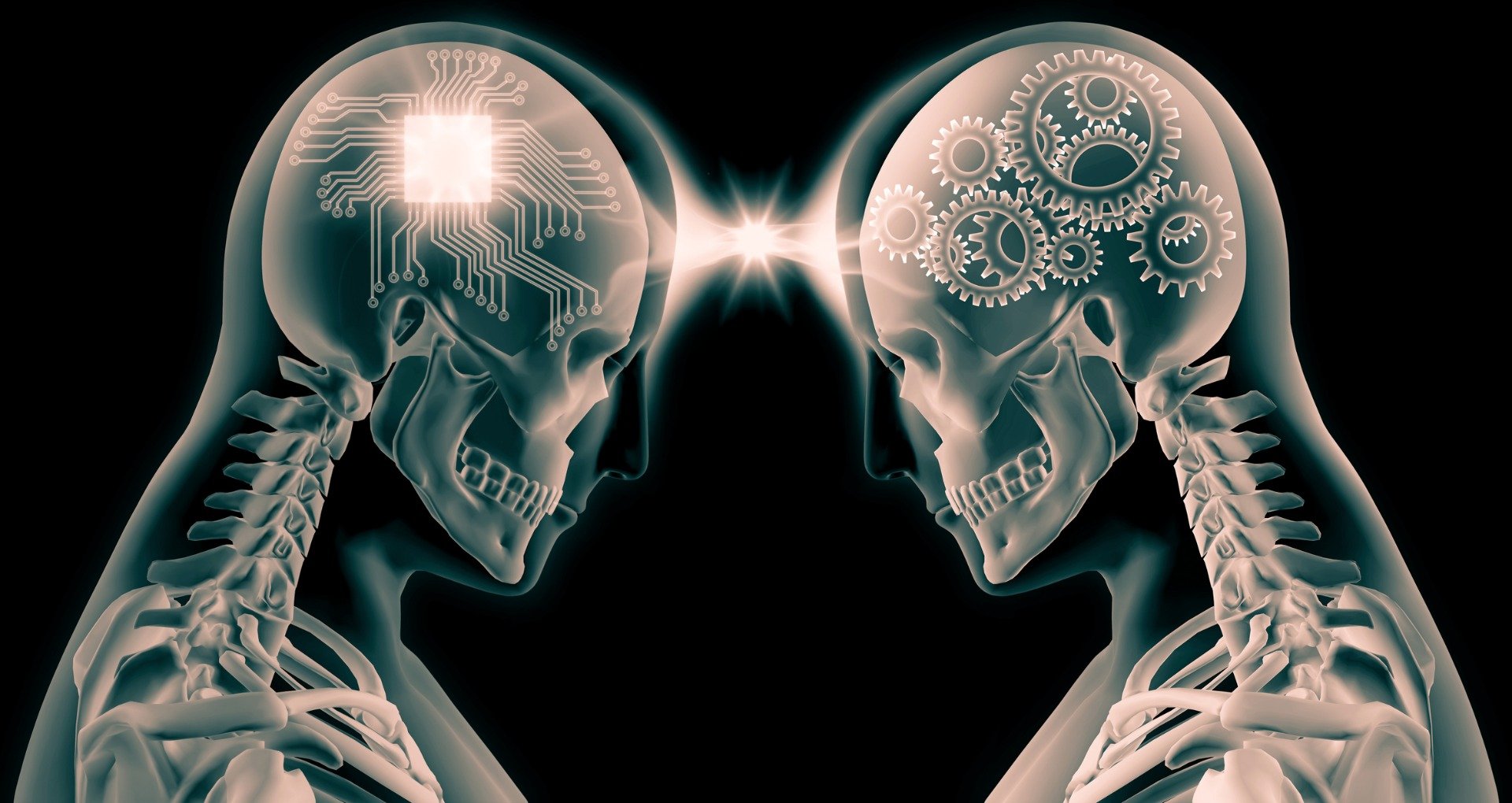
Defence Mechanisms are what the ego uses to deal with or prevent these uncomfortable feelings from arising.
According to MacLeod [3]:
We use defense mechanisms to protect ourselves from feelings of anxiety or guilt, which arise because we feel threatened, or because our id or superego becomes too demanding. They are not under our conscious control, and are non-voluntaristic. With the ego, our unconscious will use one or more to protect us when we come up against a stressful situation in life. Ego-defense mechanisms are natural and normal. When they get out of proportion, neuroses develop, such as anxiety states, phobias, obsessions, or hysteria.
Another hypthosesis by Fenichel holds that defense mechanisms exist to protect self-esteem [1].
These ideas are not mutually exlusive but I think Fenichel's theory is more consistent with modern thinking and the contemporary way of framing these issues.
Anyway there are a number of defence mechanisms of which reaction formation is just one type.
If you are really interested in the topic I would suggest reading the Simply Psychology article by MacLeod [3] here.
If you are more comfortable with reading papers you can download the one by Baumeister et al. [1] for free here which also looks at some fascinating experiments on testing these defence mechanisms.
OK so after that quick revision we can go back to reaction formation:
Reaction Formation

What is it?
At it's most basic, reaction formation involves conversion of a socially or culturally unacceptable impulse into it's opposite.
Let us return to our earlier example:
The Mateen Situation
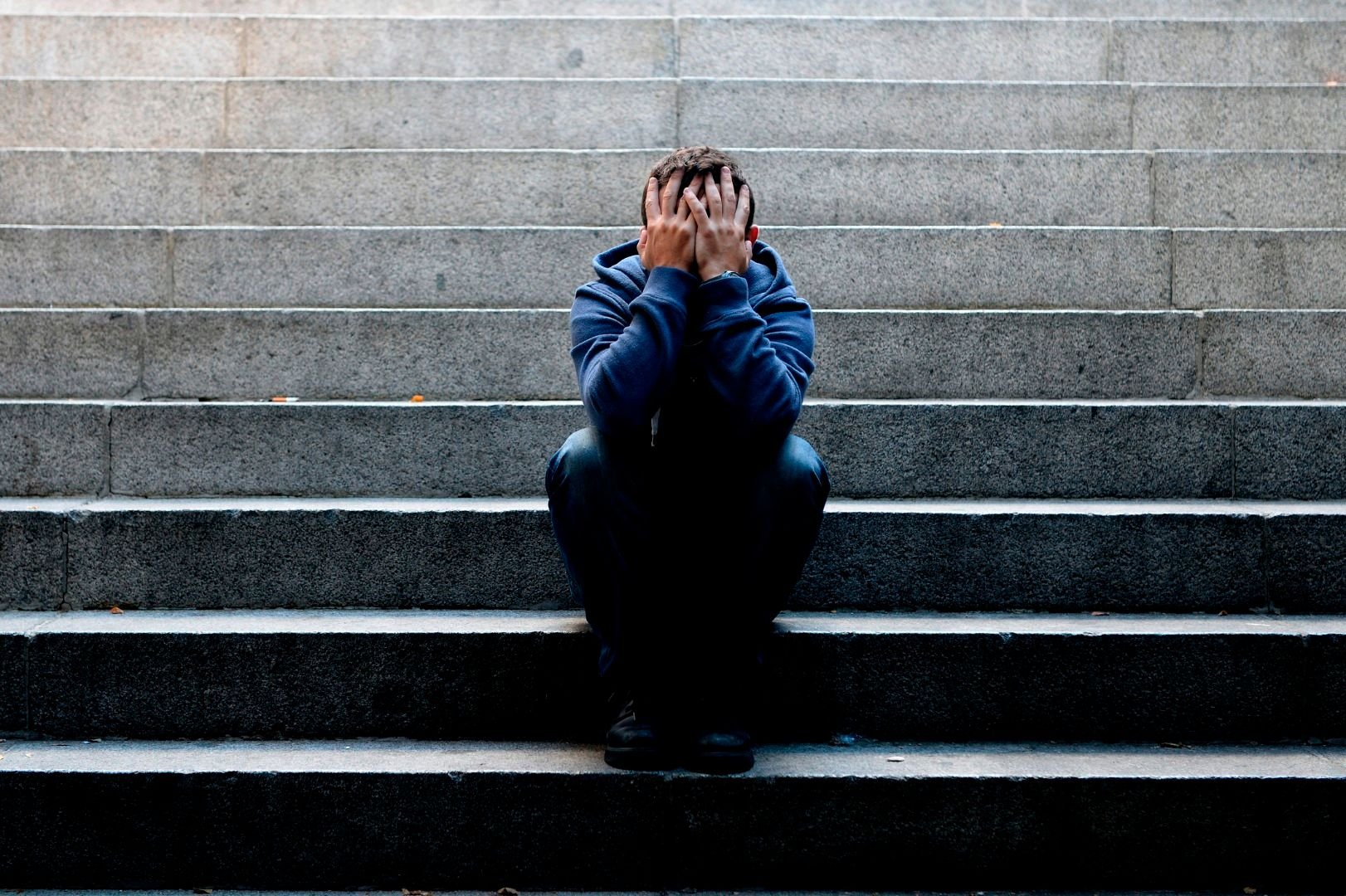
Let us try to envision this situation:
You live in society/subculture where being gay is completely socially unacceptable.
Perhaps you believe that your religion is incompatible with homosexuality. Your relatives have expressed their disgust at such tendencies.
You harbour unconscious homosexual feelings which you are unable to express openly.
These internal feelings lead to stress which your ego resolves through hostility to people who are openly gay.
What is more hostile than shooting people?
Although we don't know the exact circumstances in the Mateen case this is certainly a plausible reason for his violent reaction.
It is a lot more extreme than most cases of reaction formation but it is not unheard of for people to become violent and fatally so in order to resolve their psychological discomfort.
By making such an extreme gesture it would seem he was trying to prove both to his community and himself that he couldn't possibly be gay.
Would a gay person kill so many gay people?
Well according to reaction formation they could and would.
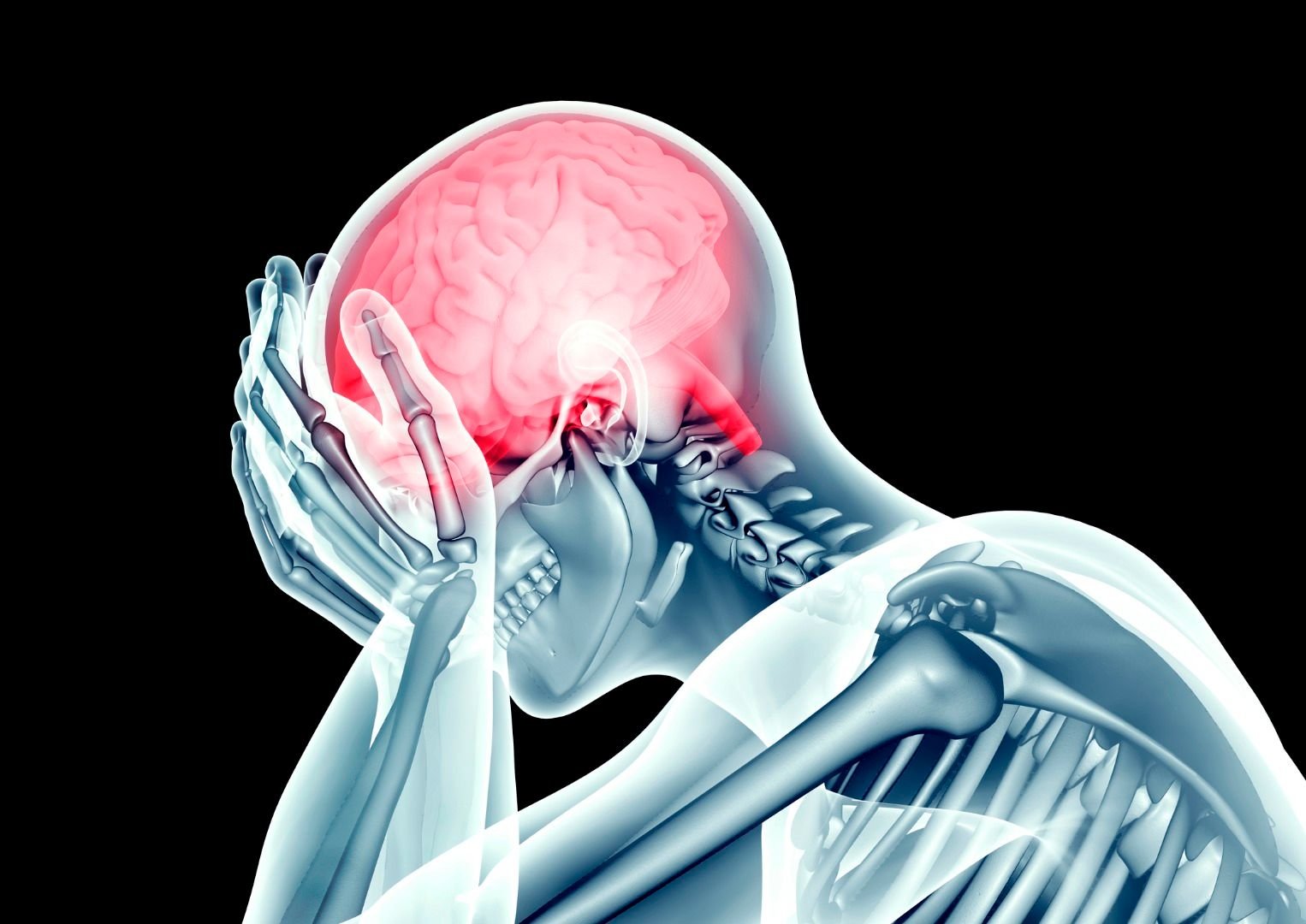
That doesn't mean the average person would do it, but human behaviour comes in a spectrum where some people fall into extremes.
Further the idea that people with very homophobic views harbour homosexual tendencies is not purely based on conjecture.
Research such as that done by Adams et al. [4] does seem to back it up.
I think it is particularly telling that in interviews with members of Mateen's family after the shooting they seemed to be more comfortable with him being a terrorist than with him being gay.
They refused to accept the possibility even existed despite being confronted by evidence to the contrary.
As bad as it was for him to be a terrorist being gay was considered worse.
This would suggest that Mateen's superego was wholly incompatible with his sexuality.
The fact that he may have "slipped up" and had gay relationships may have been a considerable source of guilt, anxiety and stress upon his psyche.
Since sexuality is particularly difficult to suppress it could be argued that the only way for him to escape the situation was a hugely violent and suicidal gesture to prove once and for all that he was not gay.
The ironic part is that it may have done the exact opposite.
Conclusion

In summary, reaction formation is a psychological defence mechanism where people act in the opposite manner to their internal desires which they believe to be socially unacceptable.
Though it does not always manifest itself in violent ways, this is a possible consequence and I believe it is entirely possible that such a process may have been at least partly involved in the Orlando shooting tragedy.
It might suit authorities to play this down as a contributory factor but I believe it is important to understand human motivations in order to prevent such incidents in the future.
There is a lot more I could say on this issue but I wanted to keep this brief.
If people are interested in this topic I could do further posts on it to look at some of the research in the area as well as some other examples.
Let me know if you would like more in the comments. Please feel free to add your own examples too.
References
Baumeister, Roy F., Karen Dale, and Kristin L. Sommer. n.d. “Freudian Defense Mechanisms and Empirical Findings in Modern Social Psychology: Reaction Formation, Projection, Displacement, Undoing, Isolation, Sublimation, and Denial.” http://faculty.fortlewis.edu/burke_b/personality/readings/freuddefense.pdf.
McLeod, Saul. 2017b. “Id Ego Superego | Simply Psychology.” Accessed February 7. http://www.simplypsychology.org/psyche.html.
McLeod, Saul. 2017a. “Defense Mechanisms | Simply Psychology.” Accessed February 7. http://www.simplypsychology.org/defense-mechanisms.html.
Adams, H. E., L. W. Wright Jr, and B. A. Lohr. 1996. “Is Homophobia Associated with Homosexual Arousal?” Journal of Abnormal Psychology 105 (3): 440–45.
Wright, Padraig, Julian Stern, and Michael Phelan. 2012. Core Psychiatry. Elsevier Health Sciences.
Glenza, Jessica. 2016. “Orlando Terror Attack: Shooter’s Father Speaks about His Son's ‘horrible Act.’” The Guardian, June 14. http://www.theguardian.com/us-news/2016/jun/14/orlando-shooting-omar-seddique-mateen-father-interview.
Wikipedia contributors. 2017. “Omar Mateen.” Wikipedia, The Free Encyclopedia. February 4. https://en.wikipedia.org/w/index.php?title=Omar_Mateen&oldid=763596255.
Thank you for reading

Before you go have you filled in the Coinbase form to list STEEM? It only takes a few seconds. THIS POST shows you how.
If you like my work please follow me and check out my blog - @thecryptofiend
Uncredited Images are taken from my personal Thinkstock Photography account. More information can be provided on request.

